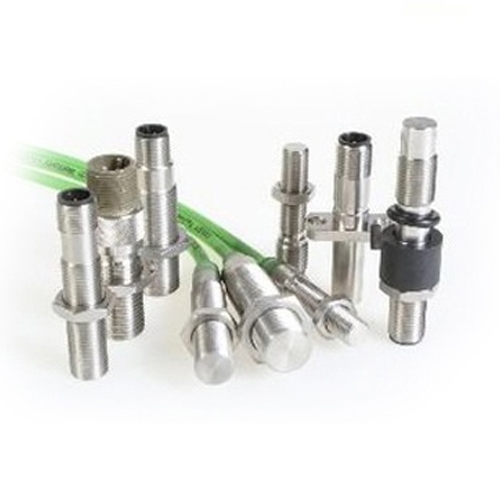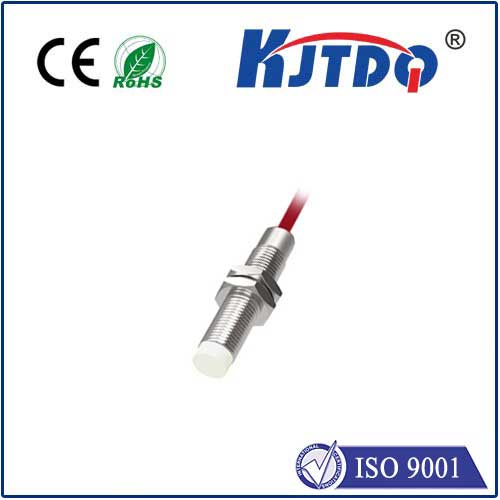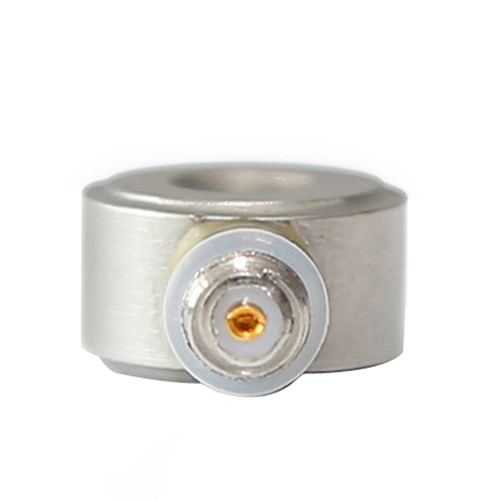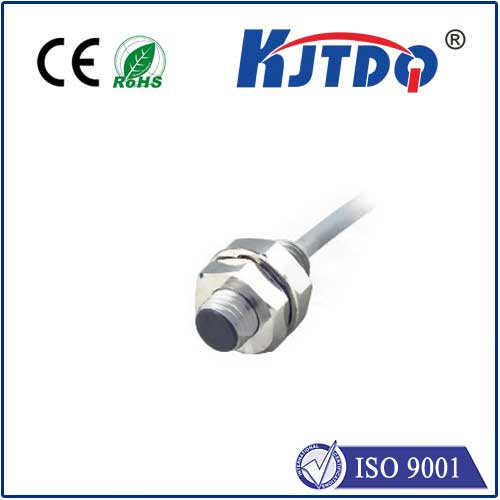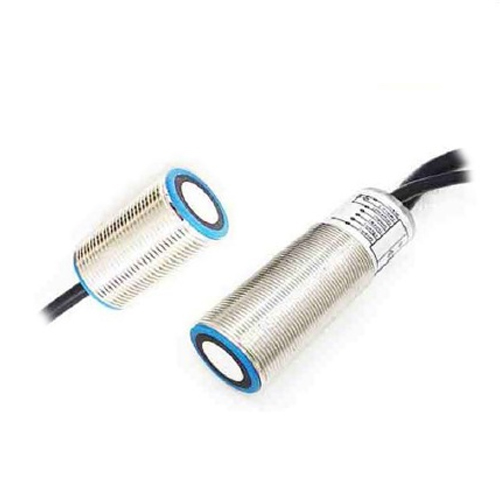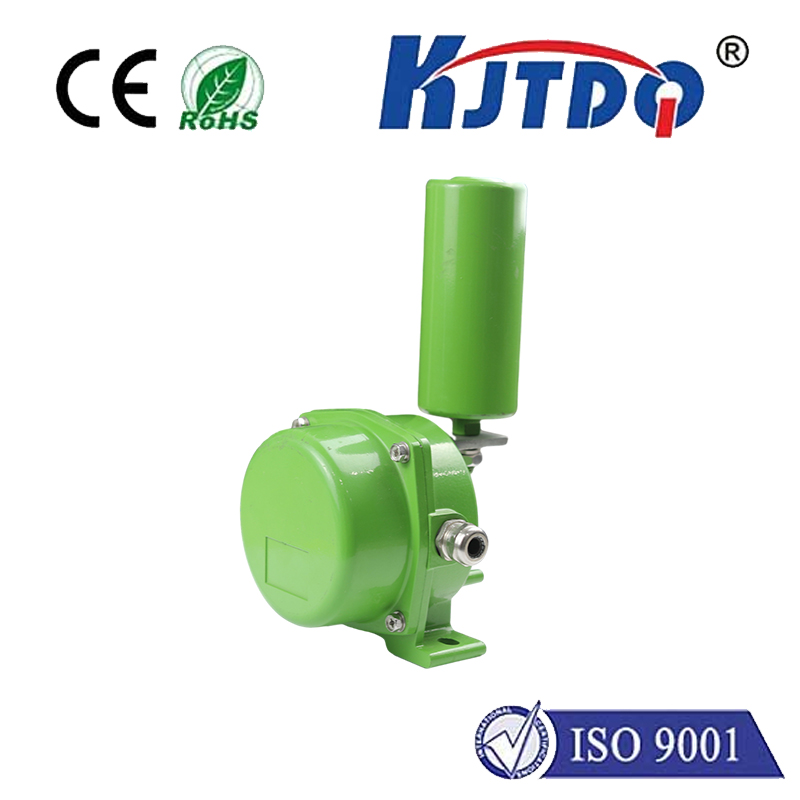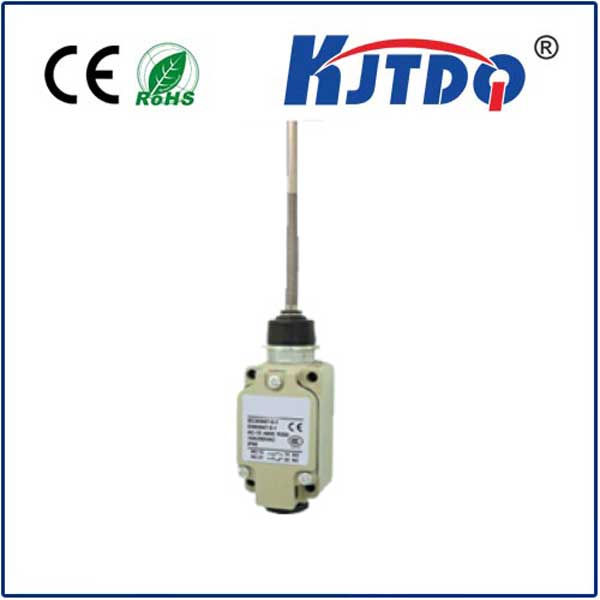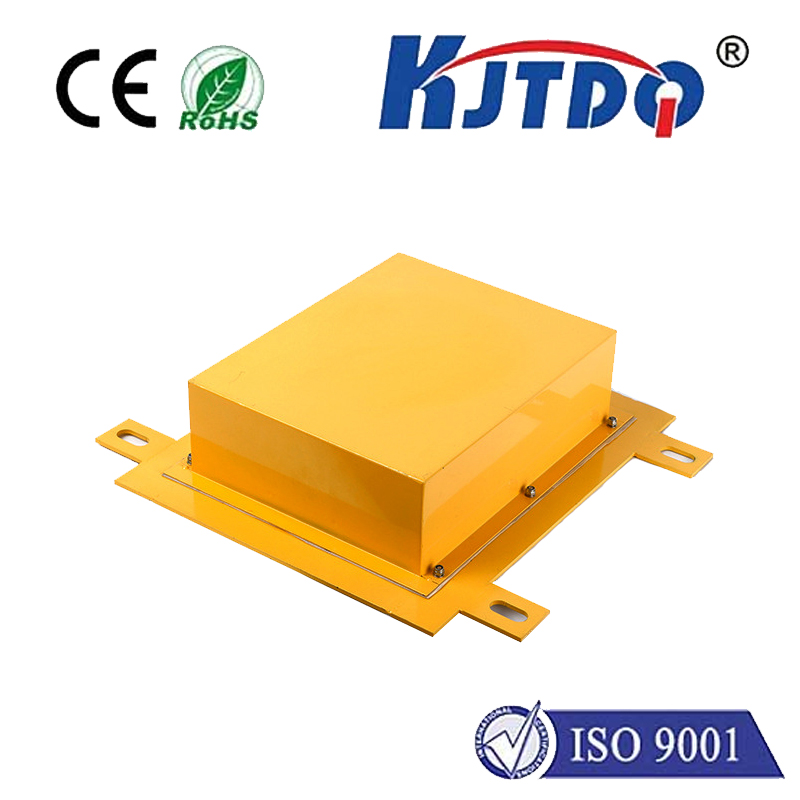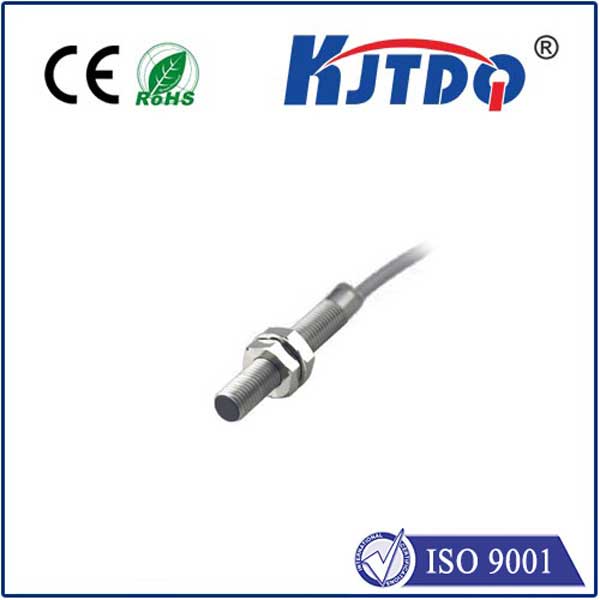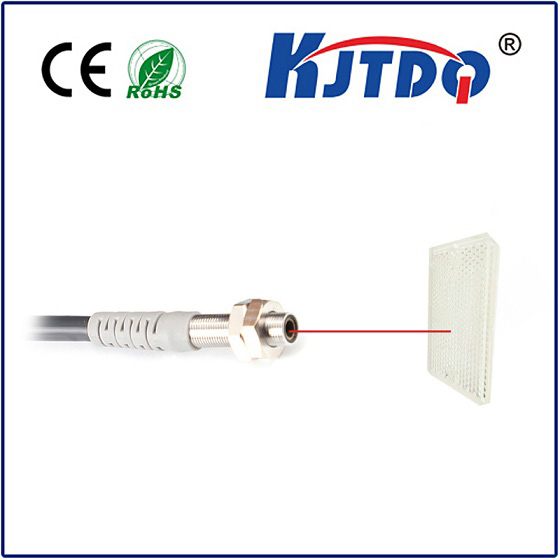

check

check

check

check

check

check

check

check

check

check
Title: The Role of Limit Switch Hoist in Industrial Automation Systems
In today's industrial landscape, automation has become an essential component for maximizing efficiency and improving production processes. One key aspect of automated systems is the use of limit switches, which play a critical role in ensuring safety and preventing equipment damage. Among these devices, the limit switch hoist is a versatile tool that can be used in various applications to control the movement of machines and equipment. This article will discuss the role of limit switch hoists in industrial automation systems, their working principle, and the benefits they offer.
Introduction to Limit Switch Hoist (Part 1): Definition and Working Principles
A limit switch hoist is a mechanical device that consists of a lever or a screw mechanism, which is used to open or close a circuit breaker or other electrical contactor. When the lever or screw is moved, it opens or closes the contactor, allowing power to flow between two points in a circuit. The main function of a limit switch hoist is to provide feedback to an automated system, indicating whether a certain condition has been met or exceeded. By doing so, it helps ensure safety and prevent equipment damage.
In industrial automation systems, limit switch hoists are often used in conjunction with other devices such as sensors, controllers, and actuators. These devices work together to monitor various parameters in a process, such as temperature, pressure, and speed. Based on the data collected by these sensors, the controller determines when to open or close the contactor using the signal from the limit switch hoist. This allows the system to automatically adjust its output based on changing conditions and maintain optimal performance.
Benefits of Using Limit Switch Hoists in Industrial Automation Systems (Part 2)
The use of limit switch hoists offers several benefits over traditional mechanical or electronic devices. Some of the most significant advantages include:
1. Improved Safety: Limit switch hoists provide reliable feedback to an automated system, indicating when a particular condition has been met or exceeded. This helps prevent accidents by stopping equipment before it can cause damage or harm to people or property.
2. Enhanced Efficiency: By monitoring various parameters in a process and adjusting its output accordingly, limit switch hoists can help optimize performance and reduce energy consumption. This not only saves costs but also contributes to environmental sustainability.
3. Scalability: Limit switch hoists can be easily customized to fit different sizes and configurations of machinery and equipment. This makes them suitable for use in a wide range of applications, from small-scale manufacturing facilities to large-scale industrial complexes.
4. Ease of Maintenance: Unlike complex electronic systems that require frequent repairs and upgrades, limit switch hoists are simple and easy to operate and maintain. This reduces downtime and increases productivity while minimizing labor costs.
Conclusion
In summary, limit switch hoists play a crucial role in industrial automation systems by providing reliable feedback and controlling the movement of machines and equipment. Their ability to improve safety, enhance efficiency, and increase scalability make them an essential component of modern manufacturing processes. As technology continues to advance, we can expect further developments in the design and functionality of limit switch hoists, enabling them to become even more effective tools for achieving optimal performance in industrial settings.
